Tall Stories by Matt Gibberd

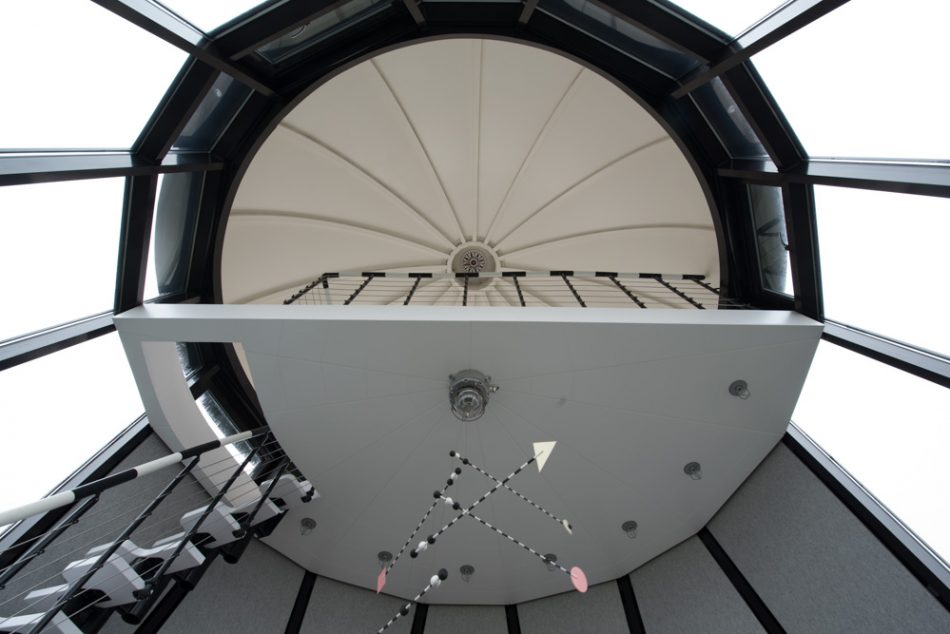
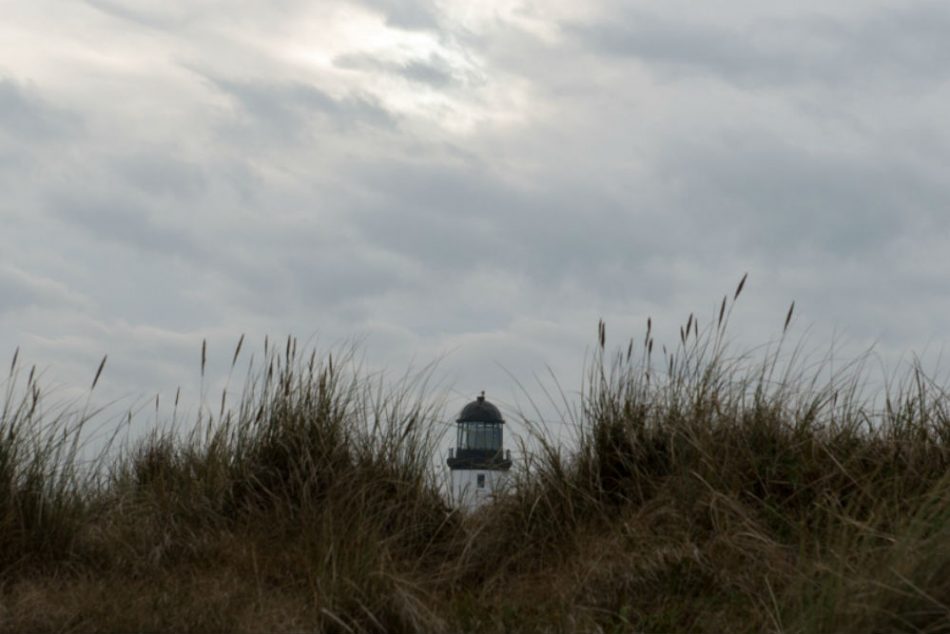

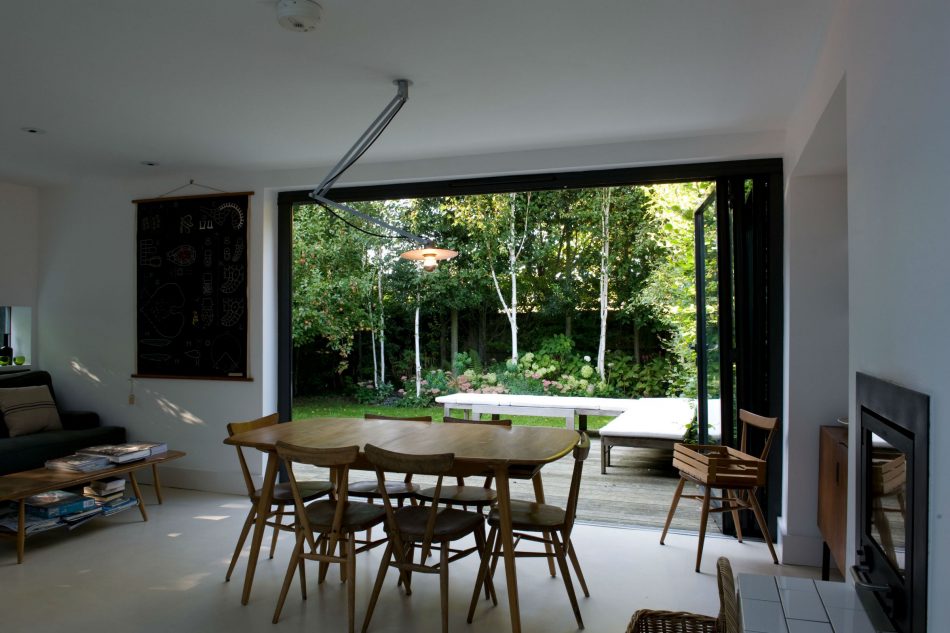
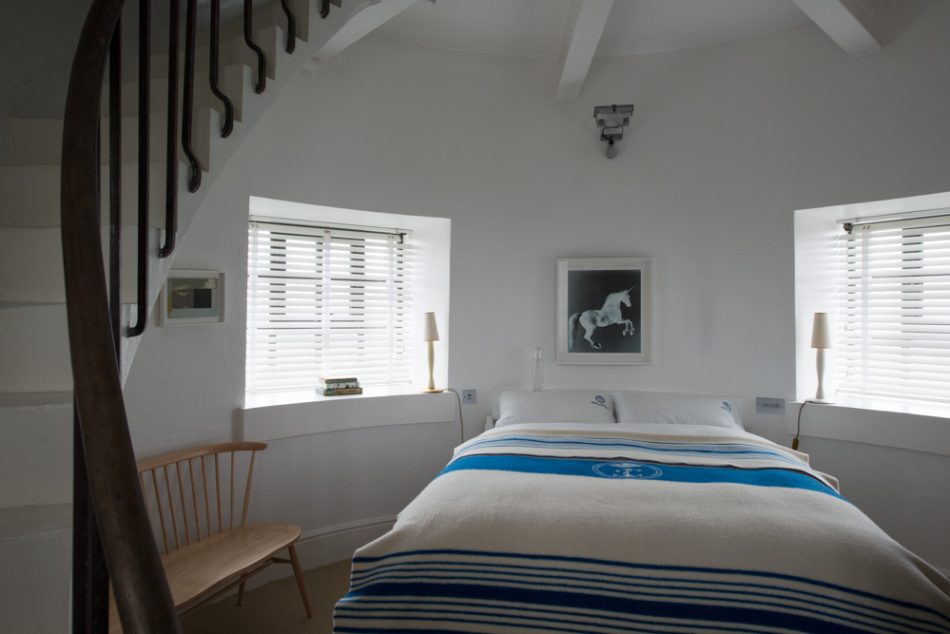

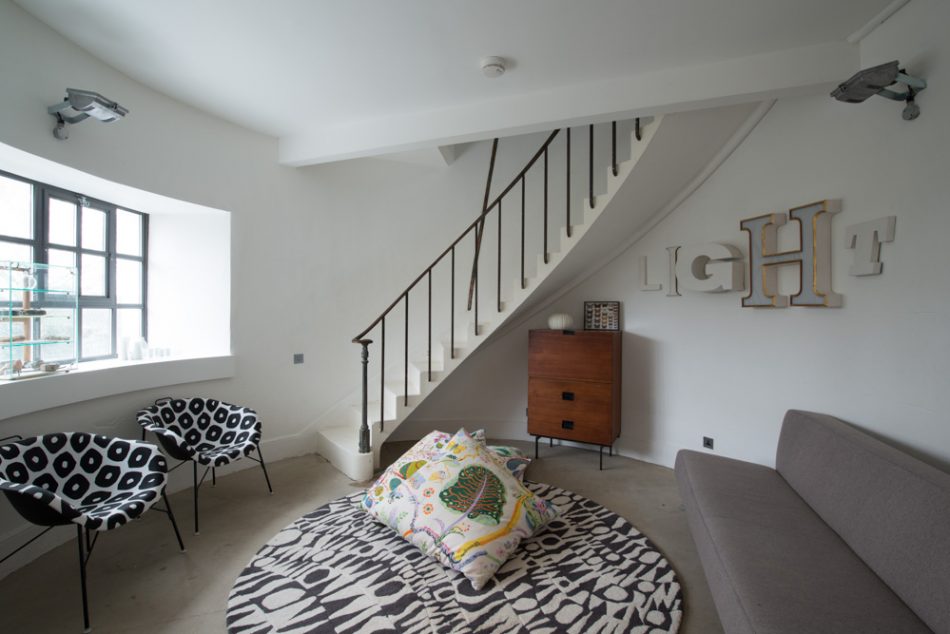


Our latest holiday let – a magical converted 18th-century lighthouse – is located on the edge of the picturesque village of Winterton-on-Sea.
The Modern House Director, Matt Gibberd, visited the property in 2013 and recorded his experience in a feature first published by World of Interiors magazine …
“For my tenth birthday I was given a red ghetto-blaster, which I carried on my shoulder to the beach at Winterton-on-Sea. There, my brother and I spent the afternoon leaping off the dunes to the musical accompaniment of La Isla Bonita by Madonna. Returning to the same spot 25 years later, I am struck by the fact that everything looks the same, including the signs warning of adders, which always caused us to tiptoe gingerly through the marram grass.
I don’t remember the lighthouse at Winterton, but that’s probably because it resembled little more than an eccentric folly. It was beheaded at the turn of the 20th century, its lantern room shipped off to the Bahamas, where it adorns the lighthouse at Abaco. The army used the building as a lookout during World War II, giving it a crude brick top with a concrete lid, and it remained this way while owned by a pipe-smoking MP with a penchant for fine wine.
In the hands of the architect Sally Mackereth and her husband, Julian Vogel – owner of fashion and lifestyle public-relations agency Modus – it has become a landmark once more. Such is its transformation that this creative couple have received thank-you letters from beach visitors who hadn’t even realised it was a lighthouse.
Mackereth, co-founder of the London-based practice Wells Mackereth, is that rare thing: an architect with a genuine understanding of interior detailing. She explains: ‘When we bought the lighthouse, there was pink nylon carpet on the stairs, wallpaper on the ceilings and a collection of high-backed Dralon care-home chairs. But we immediately fell in love with the bones of the building, with its original cantilevered stone staircase.’ The most important architectural decision was to reinstate the lantern room. Rather than replicating the original conical structure, Mackereth accessed her inner Brunelleschi to conjure up a wonderful glazed dome. ‘I wanted it to look like a child’s drawing of a lighthouse,’ she tells me. Her engineer calls it the biggest mid-life crisis he’s ever seen.
At the base of the building, Mackereth has added a simple timber-clad extension, which serves as a kitchen, dining and sitting room: a place where the family congregates around an Ercol table. The juxtaposition between the old and new structure is adroitly handled: a stainless-steel catering kitchen has been wrapped around the external wall of the lighthouse, lit from above by a similarly curved skylight. Mackereth and Vogel’s children, Oscar and Lola, can spill out onto the deck, making the room feel bigger than it is. The garden beyond, designed by Chris Moss, is a delight.
The rest of the house has a decidedly vertical emphasis, with a room on each floor link by an orange-peel of stairs. Oscar and Lola sleep in a whimsical dormitory on the first floor, with a view of the sea. The timber bunks are a masterpiece of joinery: the circular building tapers inwards as you go up. Equally clever is a pair of curved sliding doors on the second floor, which can be drawn across on runners to create privacy in the adults’ bedroom. A handsome riveted steel ceiling supports the structure’s weight above.
Up from here is a library, which has been given a brown livery for cosiness. ‘The colour gives it a leathery feel,’ says Mackereth. A foldout guest bed doubles up as a perch for reading, adorned with a silk toile de Jouy from Zoffany printed with a maritime theme. The shelves are lined with back issues of Vogue, Penguin Classics and a surprising number of books about lighthouses.
A near-vertical stair ascends from the library to the lantern room. Under the ribbed steel roof is a sleeping platform, accessed via paddle stairs with a handrail painted in black-and-white stripes to match the 1970s kinetic mobile in the room. There can be few more exhilarating places to spend the night, huddled beneath a duvet overlooking the treacherous coast between the Thames and the Tyne. Robinson Crusoe experienced his first shipwreck at Winterton, and up here the wind whistles through your bones.
If it all gets a bit too exciting – during a fork-lightning storm, for example – some midnight micturition may be required. This involves negotiating the paddle stairs, taking heed of the sign that orders ‘Descend Stairs Backwards’ to visit the library, then tiptoeing through the two bedroom floors (averting your gaze), before reaching the bathroom at ground level. The good news is that electrocution is unlikely: the lighthouse’s original lightning conductor is still embedded in the old walls. Mackereth wasn’t sure that it still worked, so she had a new one installed on the outside, just in case.
The sleeping platform is the only point where the views span 360 degrees, and, Mackereth observes, you can watch the seagulls soaring beneath. Inland from the lighthouse is an unlikely holiday complex consisting of thatched roundhouses with leaded uPVC windows and prominent TV aerials. Its sign reads ‘HERMANUS’, but a mischief-maker keeps removing the ‘M’. This bit of Norfolk is not without humour. There is an honesty and ordinariness about it, and the same might be said of the lighthouse. ‘As an architect, you are usually designing wafer-thin lightweight structures,’ says Mackereth. ‘But this is functional, no-nonsense and slightly bulbous. It was here long before we arrived and it will still be here long after we’ve gone.’
An Armada map shows that a rudimentary edifice – a timber tower topped by a bonfire – was built on the site as long ago as 1560. Although it hasn’t functioned as a working lighthouse since 1921, the building has found renewed purpose. Not only is it a weekend refuge for its owners (‘a place where we can sit in our pyjamas and eat toast’), it is also a source of civic pride for the local community. Most importantly, perhaps, it is a place for Oscar and Lola to create memories of egg sandwiches on tartan blankets, adders in the dunes and Lowry-like figures bent into the wind.”




















